A few years ago we were set the task of designing an outdoor spa for one of our projects. The site was a house in Goa and surrounded by spectacular heritage buildings with unique forms and features that are no longer found in present day construction. We decided to use this as the inspiration and decided on a relaxing outdoor spa which would embody some of these details and elements found in these quaint, old structures. We set out to map and document these historic houses, institutions, and simple details of Goa through photographs and drawings. The illustrations below are part of this extensive archival project, and a fun take on some of the beautiful Chapels and Gateways that characterise Old Goa.
Featured



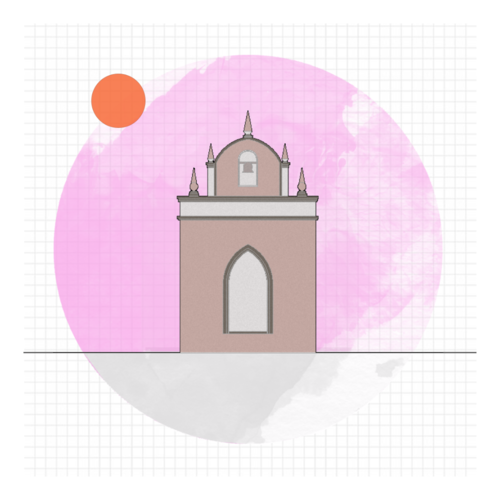
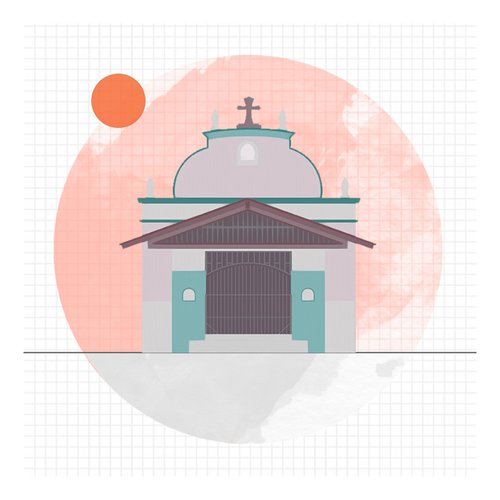
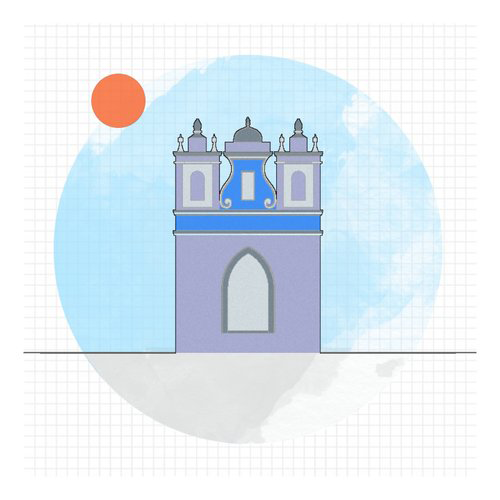
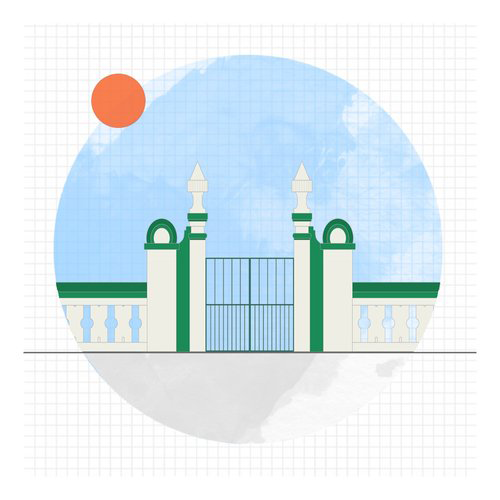
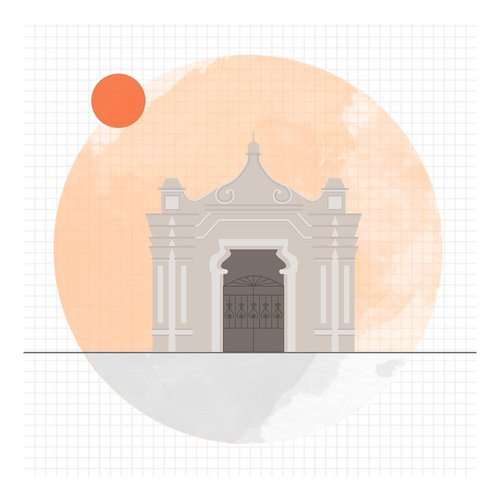
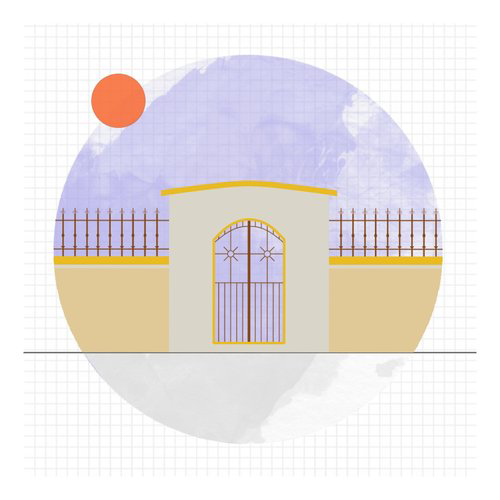











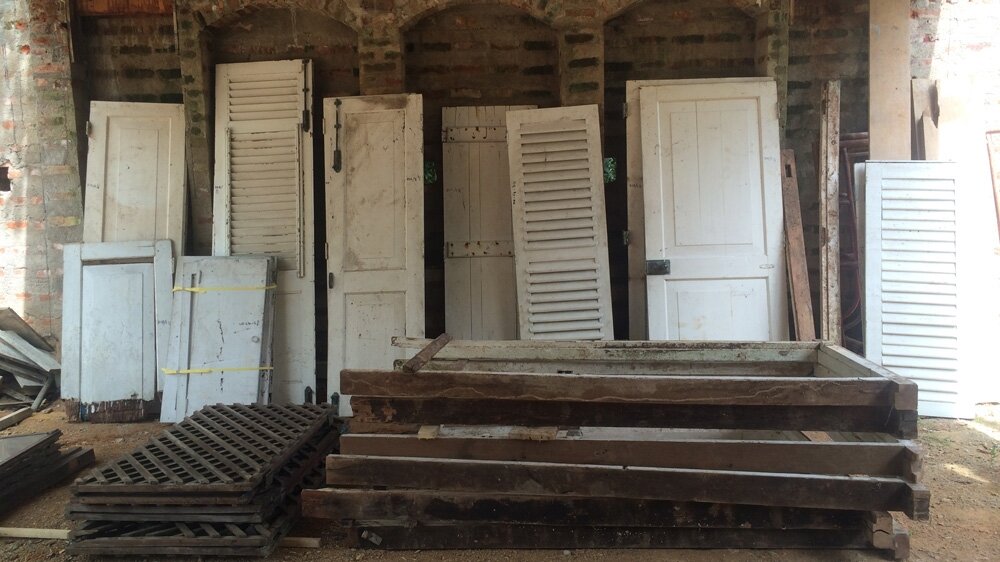










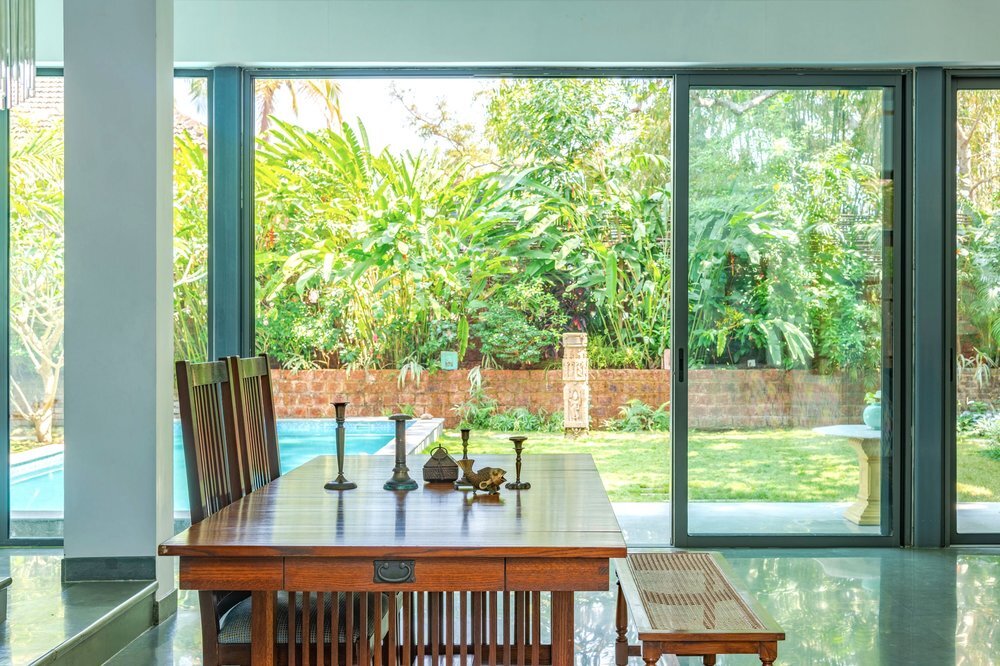

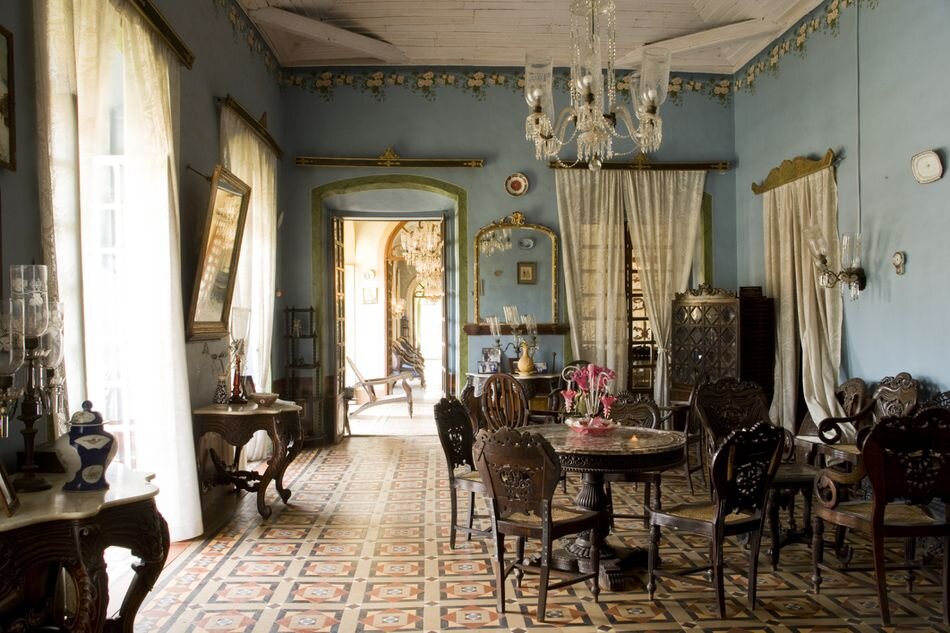



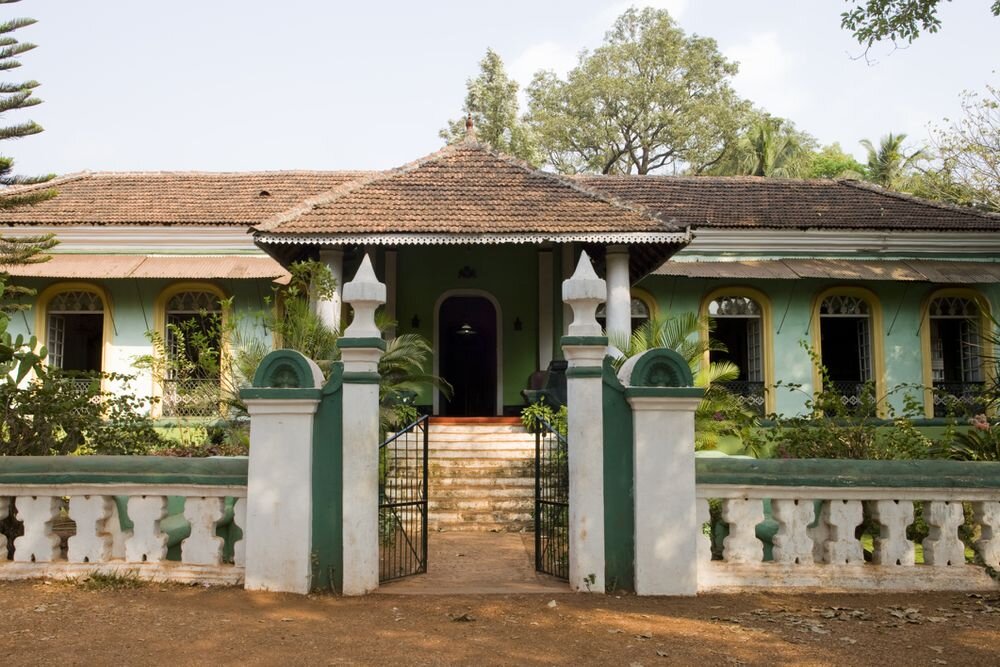











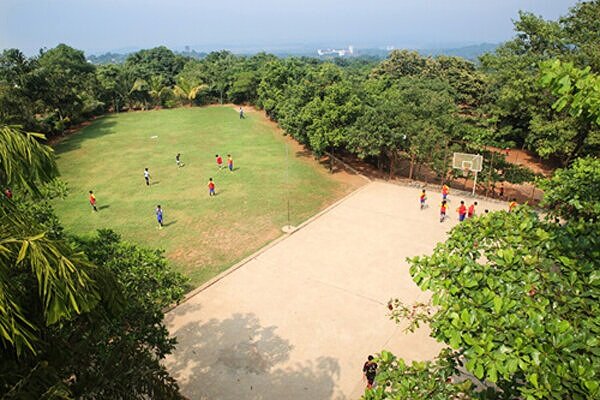
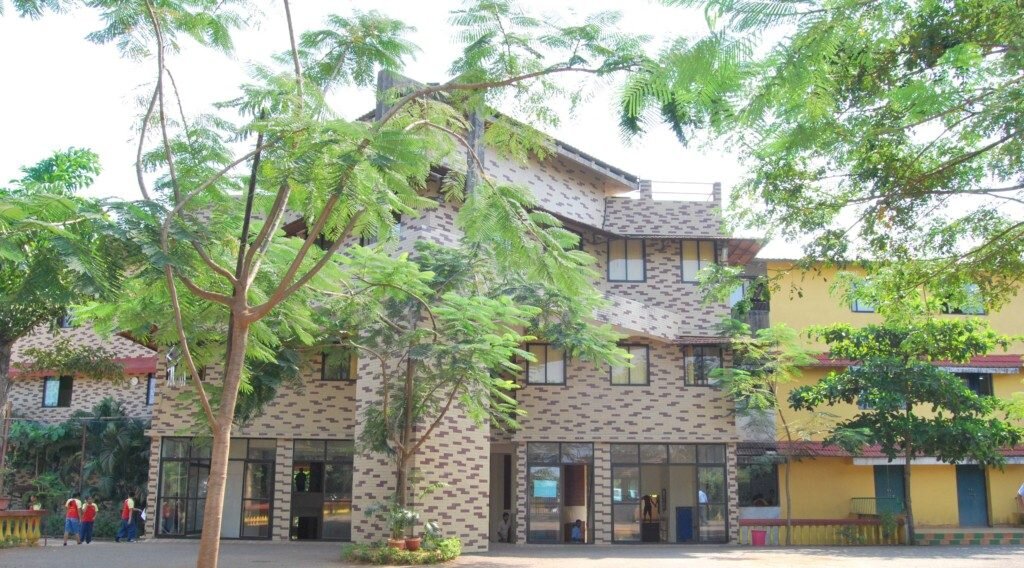

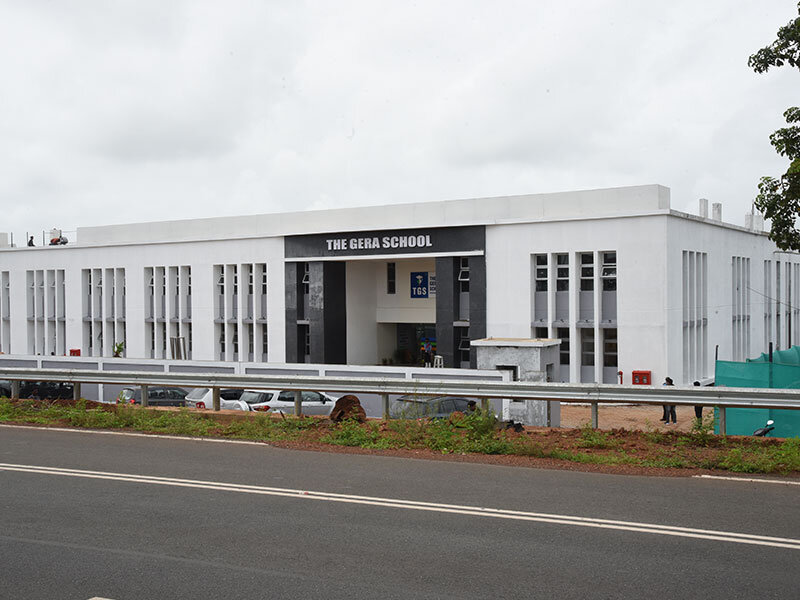
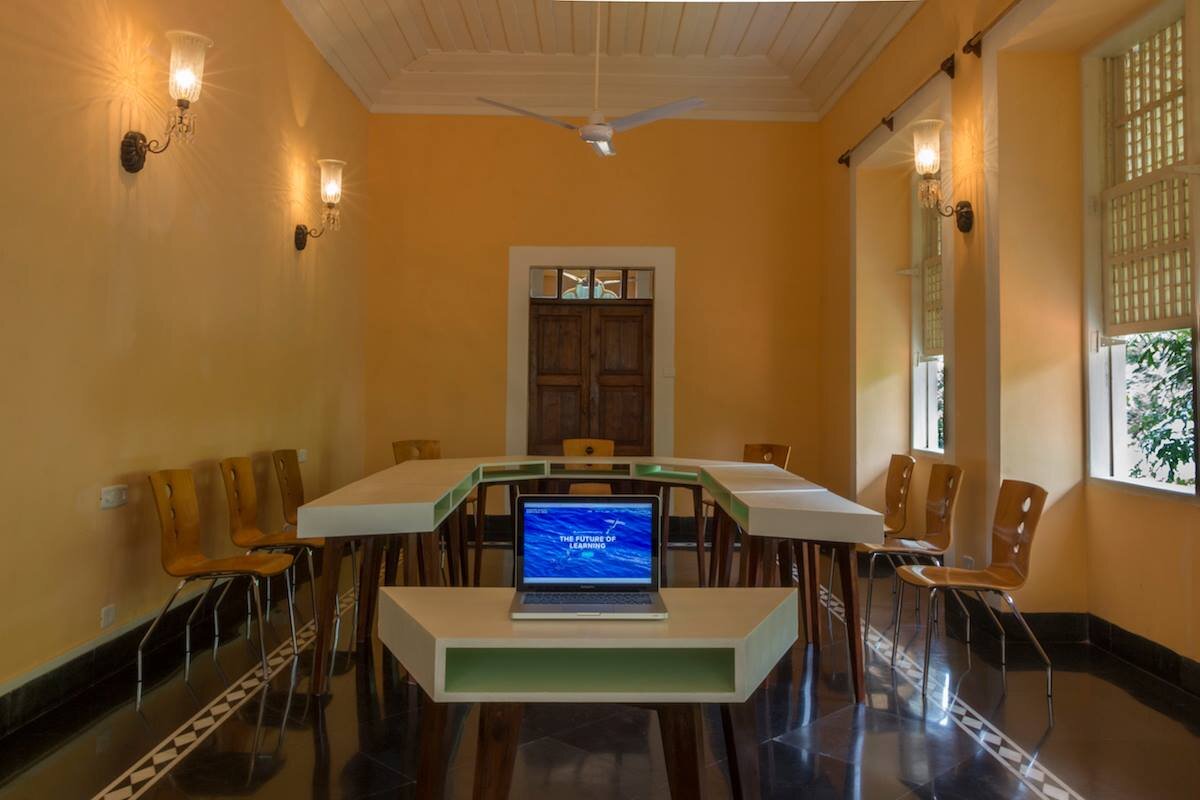


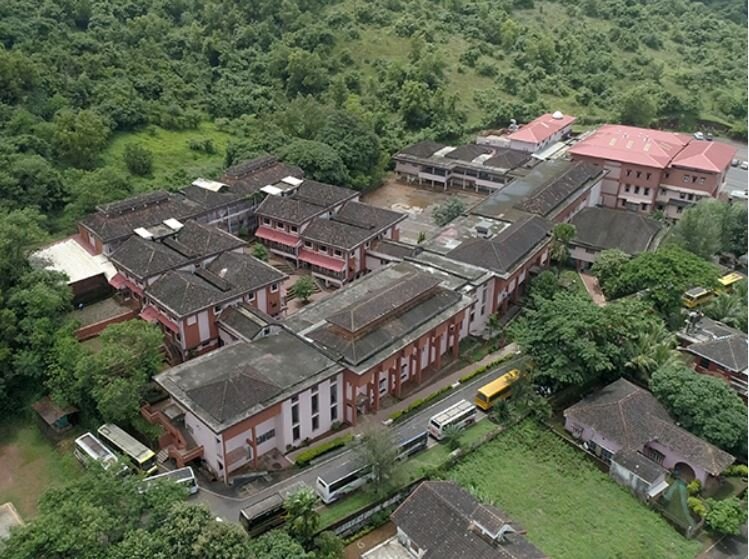































Restoration of an old House in Goa